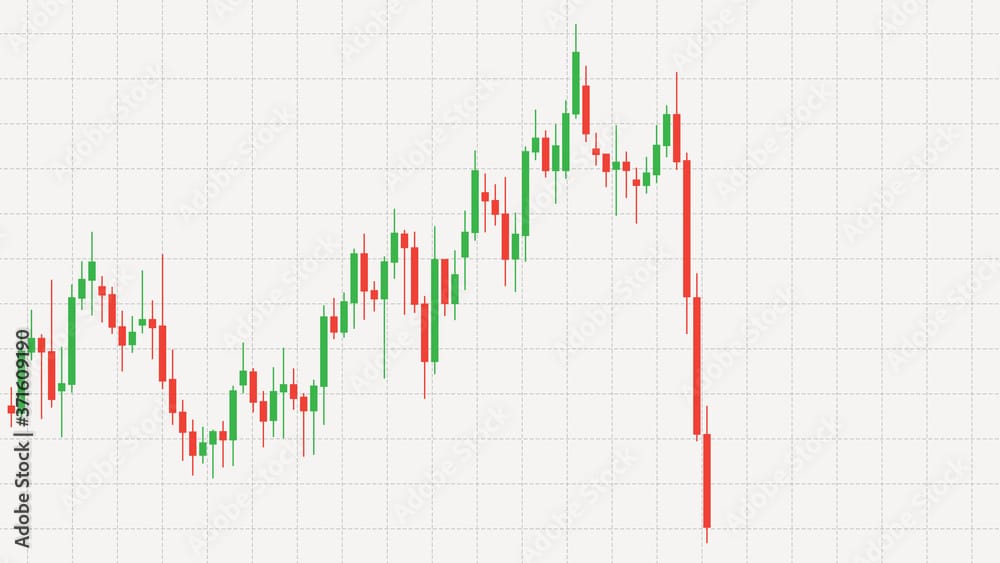The stock market is often viewed as a barometer of economic health, reflecting the sentiments and expectations of investors regarding future growth and stability. In the closing days of 2024, the stock market has experienced its worst stumble since 1952, a development that has sent ripples through the investment community and raised concerns about what this may signify for 2025. As analysts dissect the reasons behind this decline, they are also contemplating the potential implications for the upcoming year.
Several factors have contributed to the recent downturn. First and foremost, macroeconomic conditions have played a significant role. Throughout 2024, inflation rates remained persistently high, prompting central banks around the world to adopt aggressive monetary policies aimed at curbing price increases. These measures, while necessary, have led to increased borrowing costs and have dampened consumer spending, which is a critical driver of economic growth. Consequently, companies have faced squeezed profit margins, resulting in lower earnings forecasts and, subsequently, declining stock prices.
Investor sentiment has also been a crucial element in the recent market decline. Throughout the year, uncertainty surrounding geopolitical events, including tensions in Eastern Europe and trade disputes between major economies, has created an atmosphere of caution among investors. This uncertainty has led to increased volatility in the markets, as investors reassess their portfolios and seek to mitigate risk. The final days of 2024 saw a particularly sharp sell-off, as many investors opted to liquidate positions in response to negative news and economic indicators.
The technology sector, which had been a significant driver of market gains in the previous years, was particularly hard hit. Companies that had seen exponential growth during the pandemic faced increased scrutiny as interest rates rose and consumer behavior shifted. The decline in tech stocks not only contributed to the overall market downturn but also raised questions about the sustainability of growth in this sector moving forward. As investors look to 2025, the performance of technology companies will be closely monitored, as they often set the tone for broader market trends.
Another contributing factor to the stock market’s decline has been the ongoing effects of the COVID-19 pandemic. While many economies have reopened and adapted to new conditions, the lingering impacts of supply chain disruptions and labor shortages have continued to pose challenges for businesses. These issues have hindered recovery efforts and have led to a more cautious outlook among investors. As companies strive to navigate these challenges, their ability to adapt and innovate will be critical in determining their success in 2025.
Looking ahead, the implications of this significant market decline for 2025 are multifaceted. For investors, the key will be to assess the underlying fundamentals of the companies in which they are invested. While a downturn can create opportunities for value investing, it also necessitates a thorough understanding of market dynamics and the ability to identify resilient sectors and companies. Investors may need to adopt a more defensive strategy, focusing on sectors that are less susceptible to economic fluctuations, such as consumer staples and healthcare.
Additionally, the role of central banks will be pivotal in shaping the economic landscape in 2025. As inflationary pressures persist, central banks may need to strike a delicate balance between controlling inflation and supporting economic growth. The decisions made by monetary authorities will have far-reaching implications for interest rates and, consequently, for stock market performance. Investors will be closely watching central bank communications and policy changes as they prepare for the year ahead.
Moreover, the geopolitical landscape will continue to be a significant factor influencing market performance. Investors will need to remain vigilant regarding international relations and potential conflicts that could disrupt global trade and economic stability. The ability to navigate these complexities will be essential for investors seeking to capitalize on opportunities in 2025.
In conclusion, the worst stumble in the stock market since 1952 during the final days of 2024 serves as a stark reminder of the inherent volatility of financial markets. As analysts and investors reflect on the contributing factors to this decline, they are also tasked with considering the potential implications for the upcoming year. By understanding the interplay of macroeconomic conditions, investor sentiment, and geopolitical factors, investors can better position themselves to navigate the challenges and opportunities that 2025 may present.



